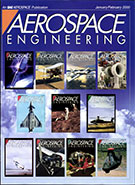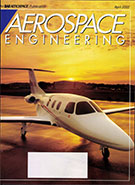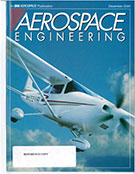Standard
Communications and Navigation Equipment
2022-03-21
CURRENT
ARP4102/6A
The equipment includes: a Communications: Ultra high frequency (UHF), very high frequency (VHF), and high frequency (HF) radios, cabin/service interphones, public address (PA), select call (SELCAL), call select (CALSEL), satellite communications (SATCOM), and controller pilot data link communications (CPDLC). b Navigation: Very high frequency omnidirectional range (VOR), tactical air navigation (TACAN), automatic direction finder (ADF), distance measuring equipment (DME), instrument landing system (ILS), markers (MKR), very low frequency (VLF), inertial navigation systems (INS), inertial reference systems (IRS), global navigation satellite system (GNSS), global positioning system (GPS), low range radio altimeter (LRRA), and attitude heading reference system (AHRS). c Weather radar. d Data link: Company, Air Traffic Control (ATC), transponders (Mode-S), controller pilot data link communications (CPDLC), and others.












